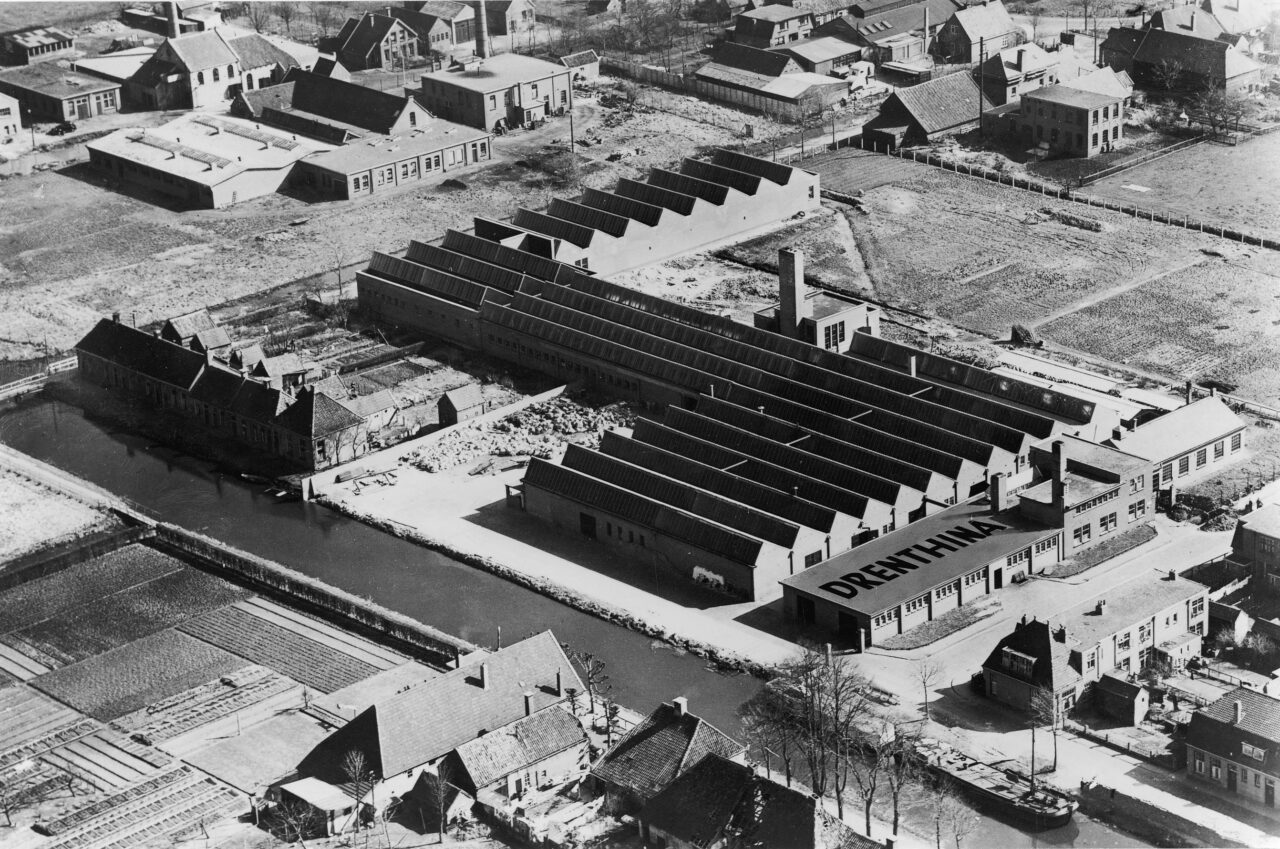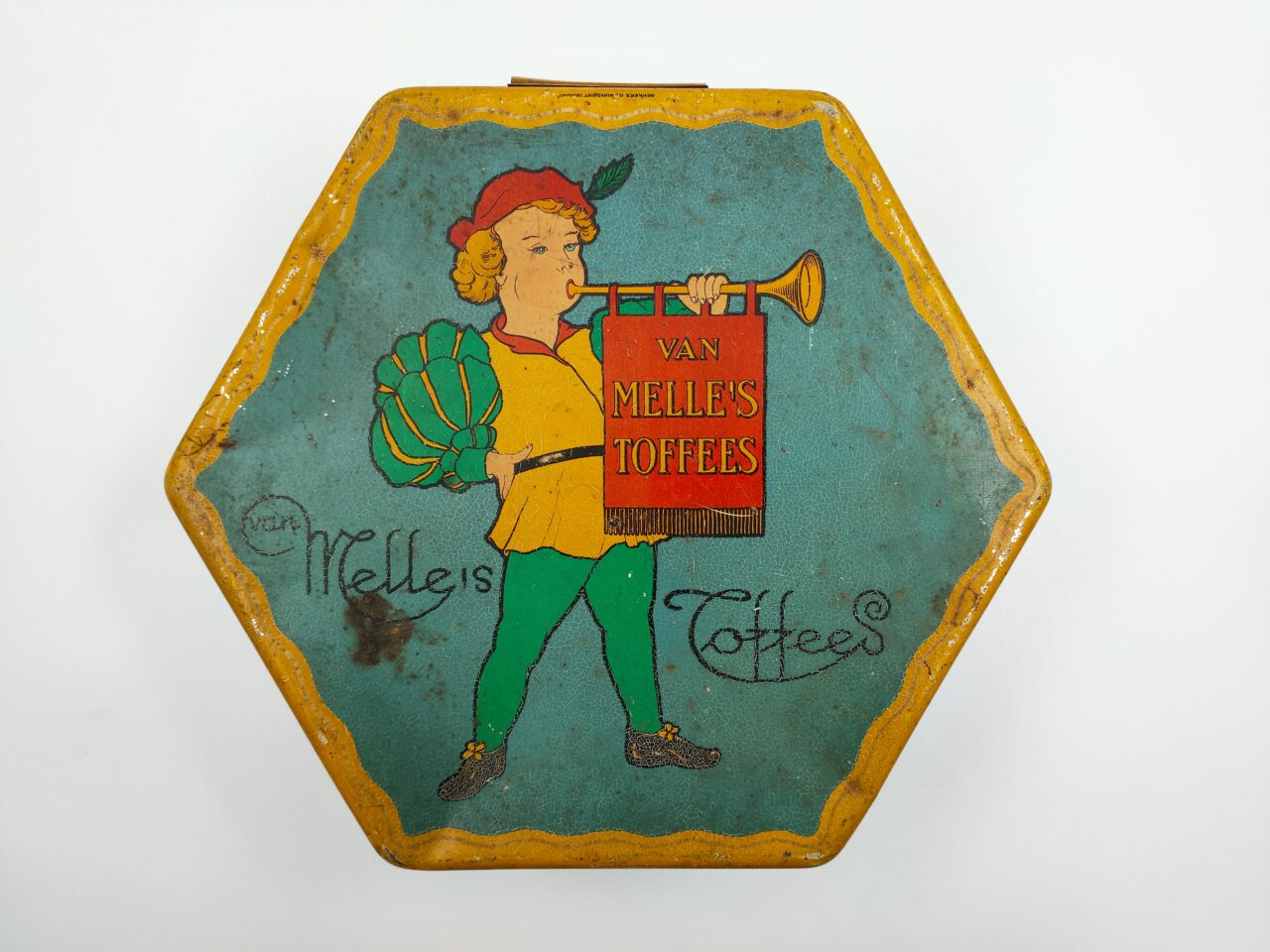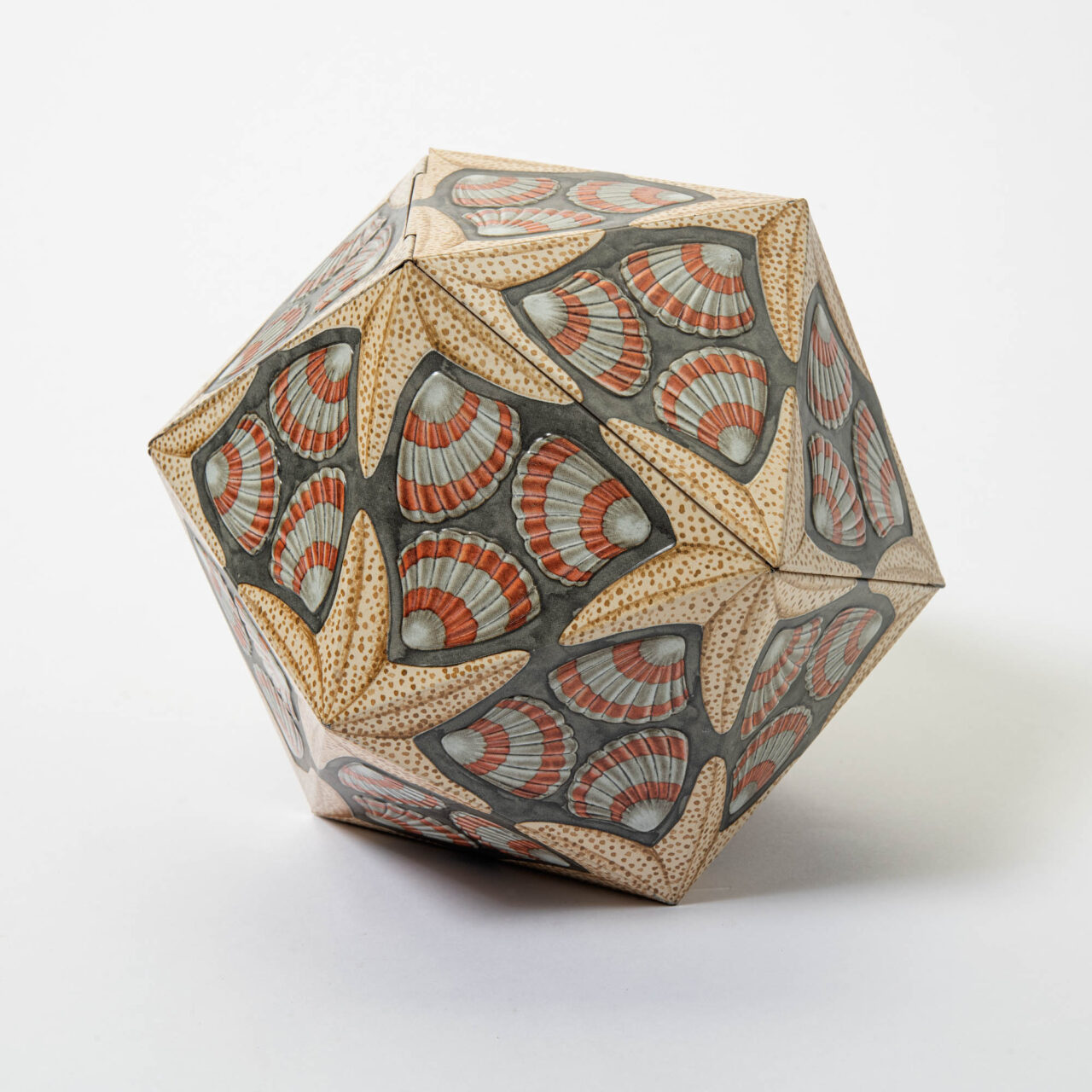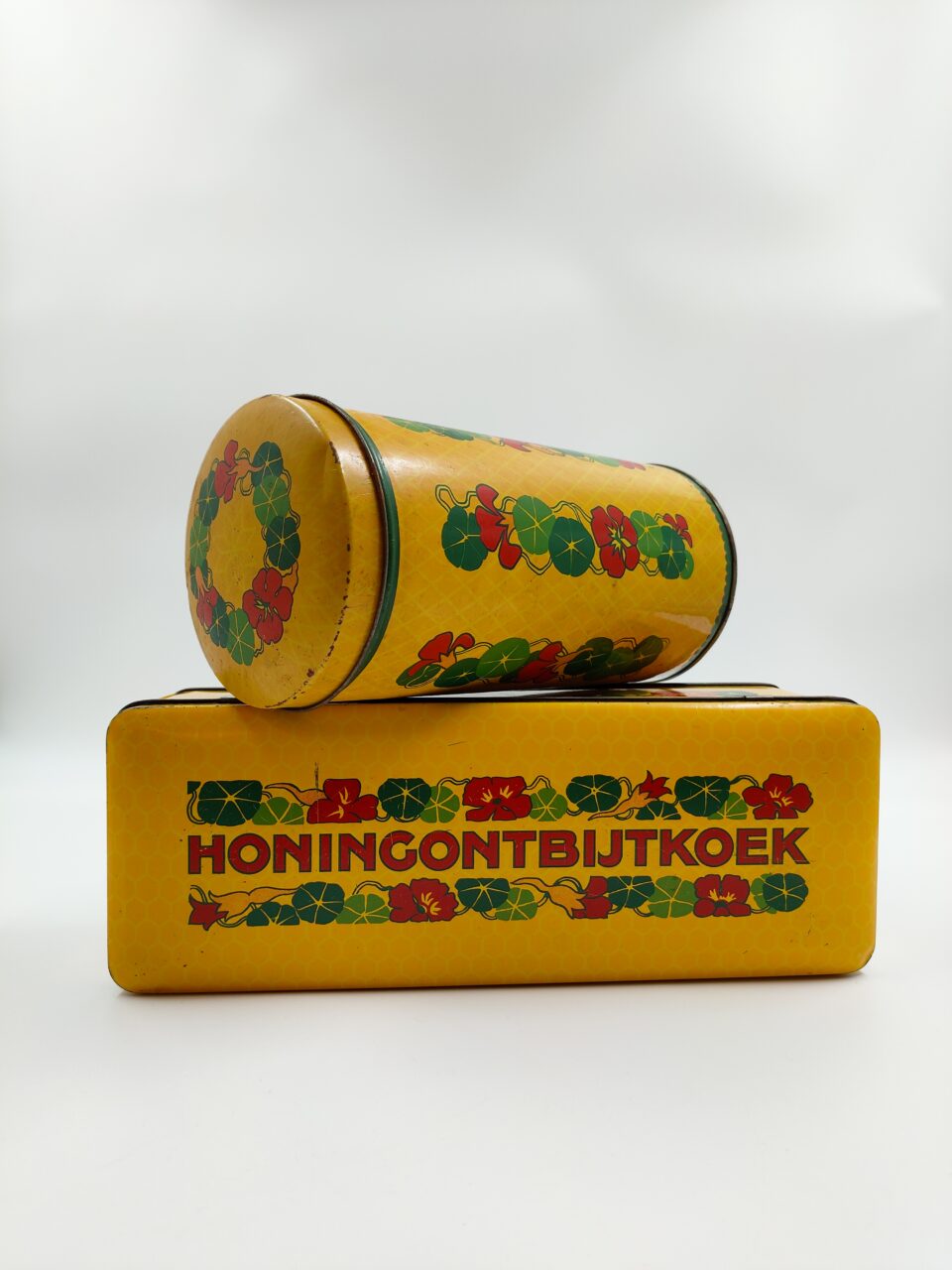Old tins, how beautiful they are! They are not made like they used to be. Reason enough to devote an exhibition to this beautiful product. By the way, when we talk about tin, we don’t only mean storage tins. There are also wonderful toys made of tin. You can see it all in the exhibition ‘A glimpse of recognition’.
The history behind tin
To whom do we owe tin cans? To answer that question, we have to go back in time to Napoleon Bonaparte’s France. In 1795, the French Revolution is in full swing. General Napoleon has gone to war with his troops, but he has a problem. It appears to be challenging to supply soldiers with fresh food. So Napoleon offers a reward for whoever manages to develop a new method of preserving food.
It was the French cook Nicholas Appert who finally came up with a solution and was granted Napoleon’s reward in 1809. He packed food in glass bottles that he immersed in boiling water. As a result food could be preserved for a long time. Although the tin can has not come to the stage at this point, this is the moment in history where it all began. Another Frenchman modifies Appert’s method slightly, namely he replaces the bottles for cans. The tin can was thus born. The patent on canning is then bought by two Englishmen and they start the very first canning factory in 1812.

Drenthina in Hoogeveen
Tins in the Netherlands
In the Netherlands, it took a little longer for the first tin factories to appear. These do not appear until the end of the 19th century. The tin they make is mainly for biscuit, candy, coffee and cocoa manufacturers to package their products in. This facilitates transport and sales. Soon they discover that the tins are also a true advertising product. Brands such as Van Nelle, Douwe Egberts and Verkade put their names in capital letters on the colourful tins. You will also see this on the tins in the exhibition.
As usual, Museum Collectie Brands likes to add a regional touch to the exhibition. A glimpse of recognition also includes the story of the famous Drenthina tin factory in Drenthe. In fact, some of the tins on display are on loan from the Archief Blikfabriek Hoogeveen which is attached to the current tin factory in Hoogeveen; Trivium Packaging. Including the highlight of the exhibition. The icosahedron tin designed by M.C. Escher.
Tin to play with
Apart from being a very practical material for packaging food, tin has also been used to make toys. They are little pieces of art in themselves, made with great craftsmanship. The toys catch the eye for their bright colours and often have a mechanism that allows them to move. It is tempting to start playing with the cars, trains, frogs and ducks again, but we better not do that. With the advent of plastic toys, tin toys have become rare and thus a real collector’s item. As such, these wonderful toys certainly deserve a place of honour in the exhibition.

Blik Van Melle Toffees 
Icosaëder blik naar ontwerp van Escher 
Beschuitbus en koekblik van Verkade


